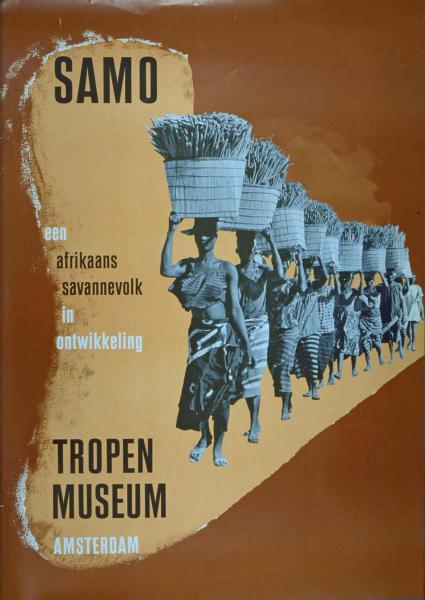
Assignment 1 – The Surface of Decolonisation
Commercialised Art & Representation
By Vera Tukker and Léo Ricca
Very often in Europe, Museum posters, concert posters, and commercialised art place in the street fit within a paradigm of representation of Africa: animal prints, the naked and collared clothes, emphasis on slavery. We see often that representation in public media does little to challenge the classic colonial notions of Africans. We have a tendency to imagine these representations as being old, forgotten, abandoned. In reality, they persist to this day, and are consistently recreated by media and public spaces.
Over the past decades, with the advent and increased respect given to African authors/scholars in the academic sphere, the decolonisation discourse has evolved past a physical, political discourse, into one of a mental decolonisation. That is, “decolonising the mind.” This process is often a one way street, where Africans are the ones in need of decolonising their minds. However, in an age of increased criticism to French neo-imperialism, this discourse must be framed as a two way process. When we look at media depictions in public space of Africa and its diverse cultures, we can still see the homogeneous perception that is used to describe “Africans”. In numerous cases, the ex-colonial powers have yet to decolonise their own minds, and thus seek to recreate the unequal balance between the two.
Leave a comment
You must be logged in to post a comment.